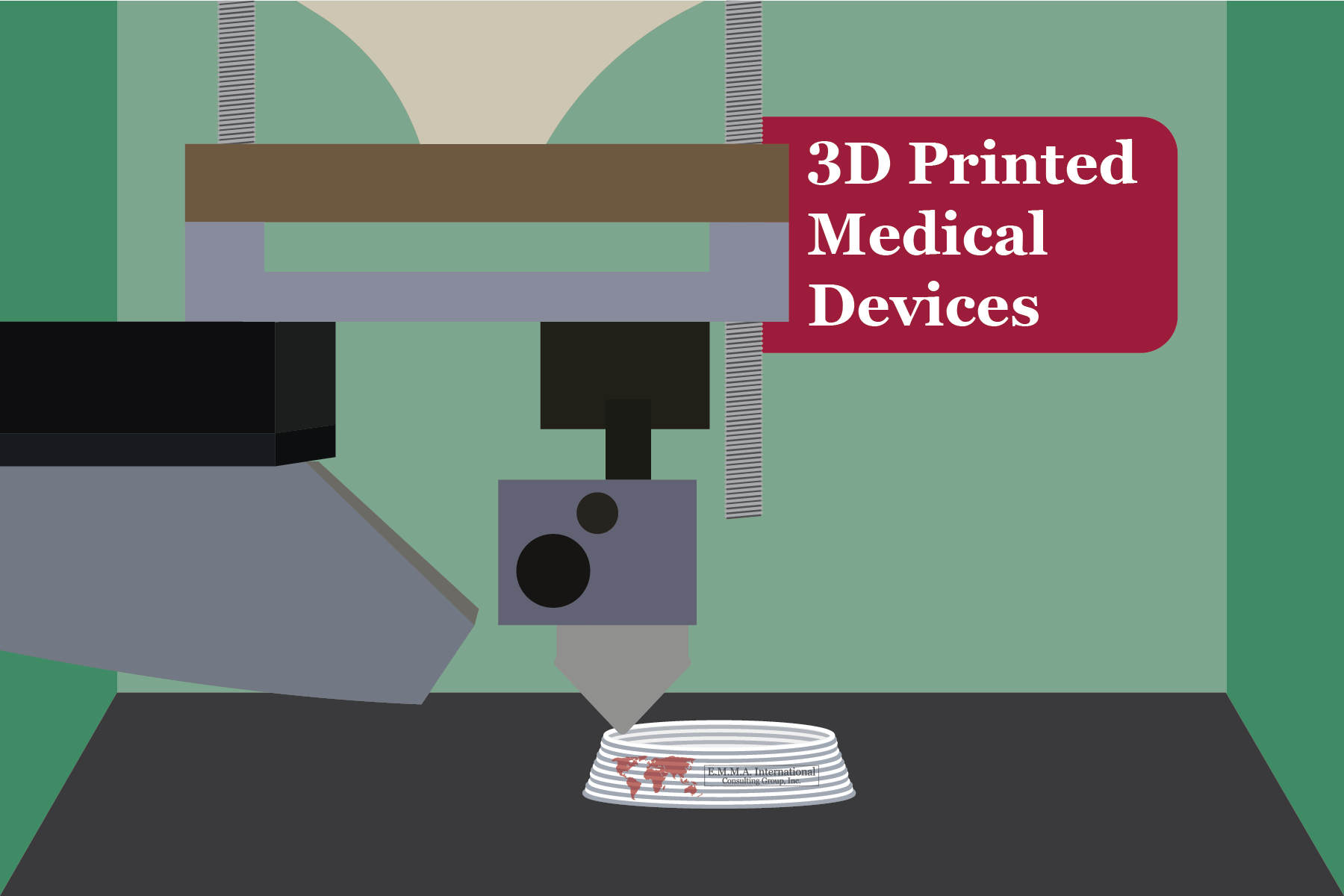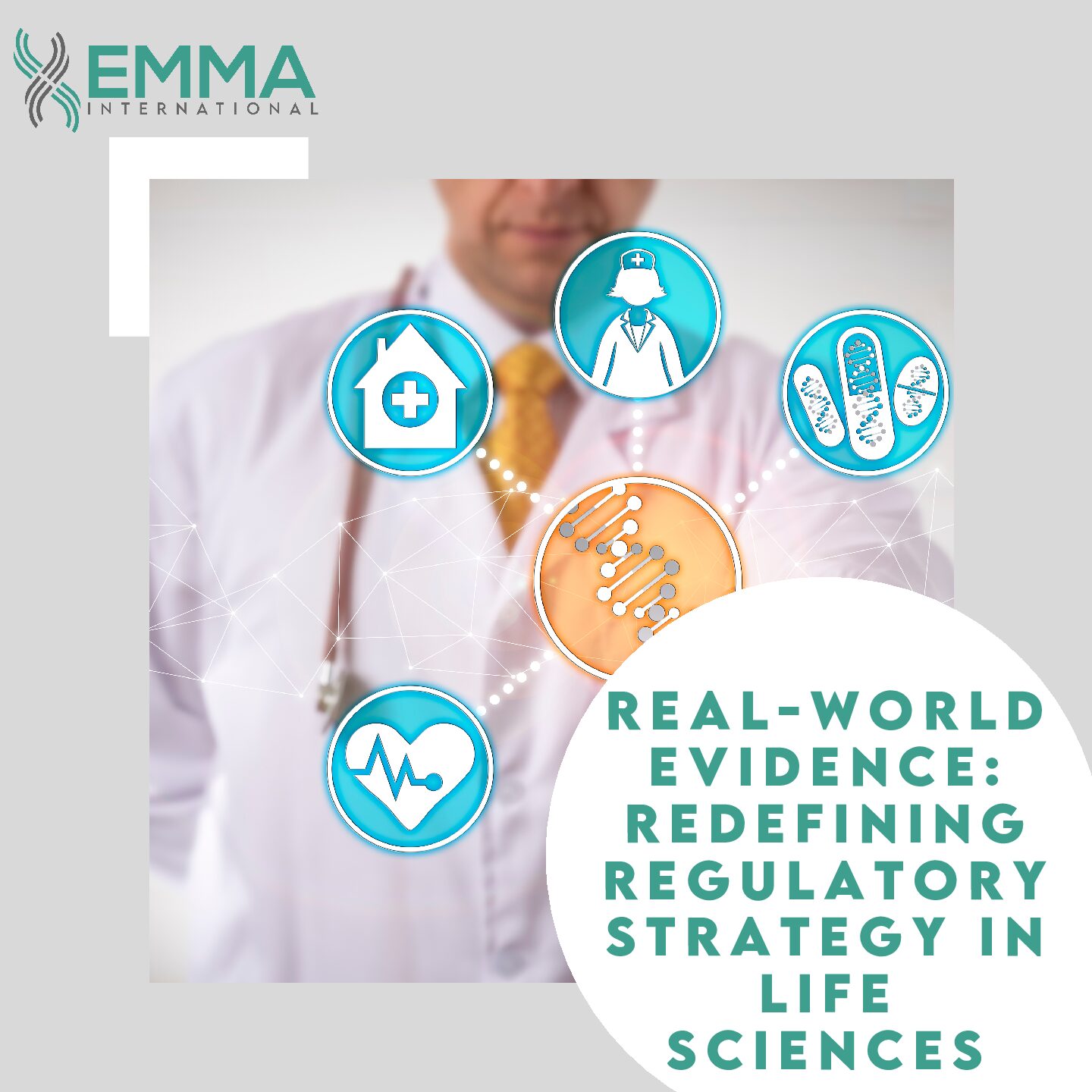Recently, 3D printing technology has seen a boom in popularity among many different industries, including medical devices. 3D printing medical devices allow manufacturers to easily create devices that function with a patient’s anatomy (also known as patient-specific devices). For this reason, 3D printed medical devices are especially popular for orthopedic, dental, and cranial implants and external prosthetics.1 Like most emerging technologies for medical devices, the FDA must get ahead of the trend in order to determine how they will regulate the devices.
The FDA refers to 3D printing of medical devices as “additive manufacturing” due to how unlike conventional manufacturing where a device is cut and shaped, 3D printing simply places the material where it is needed. In order to study how exactly devices created from additive manufacturing function and behave versus conventionally manufactured devices, the FDA has created the Additive Manufacturing of Medical Products (AMMP) Lab. This lab explores the safety and performance of 3D printed medical devices by focusing on the following:
- Methods to assess the cleaning of 3D printed devices. Since these devices are usually complex, how to clean them and how hard it is to assess cleanliness needs to be understood.
- 3D printing to evaluate optical imaging diagnostics. Since additive manufacturing can allow medical devices to have extremely biologically accurate shapes, the FDA must assess their current radiographic imaging technologies against what is possible with these new devices.
- Determining metrics for measuring patient-specific instrumentation. How do you determine pass/fail criteria for testing on a device when it is specific to one person? How do you create metrics for patient-specific devices when each device will be different?2
For now, 3D printed devices are regulated and classified in the same way conventional devices are. As the technology develops and regulatory agencies understand how it functions better, you can expect to see regulations around it change. For example, as the transition to the new EU MDR and IVDR regulations is underway, additive manufacturers can expect their devices to be potentially re-classified. Additionally, under the current regulations, patient-specific devices are not required to have a CE mark only a prescription from a doctor; however, that regulation is currently being reviewed.3
3D printing medical devices brings a whole new level of personalization to medicine. As the technology develops, so are the conversations regulating agencies are having around the safety and effectiveness of them. EMMA International can help you navigate the quality and regulatory requirements for your medical device, even a 3D printed one. Contact us at 248-987-4497 or email info@emmainternational.com to see how we can help!
1FDA (October 2019) 3D Printing of Medical Devices retrieved on 1/7/2020 from: https://www.fda.gov/medical-devices/products-and-medical-procedures/3d-printing-medical-devices
2LT James Coburn, MSc, FDA (September 2018) Additive Manufacturing of Medical Products retrieved on 1/7/2020 from: https://www.fda.gov/medical-devices/cdrh-research-programs/additive-manufacturing-medical-products
3Dalgarno, BSI (November 2019) 3D printing and medical device regulation retrieved on 1/7/2020 from: https://compliancenavigator.bsigroup.com/en/medicaldeviceblog/3d-printing-and-medical-device-regulation/






